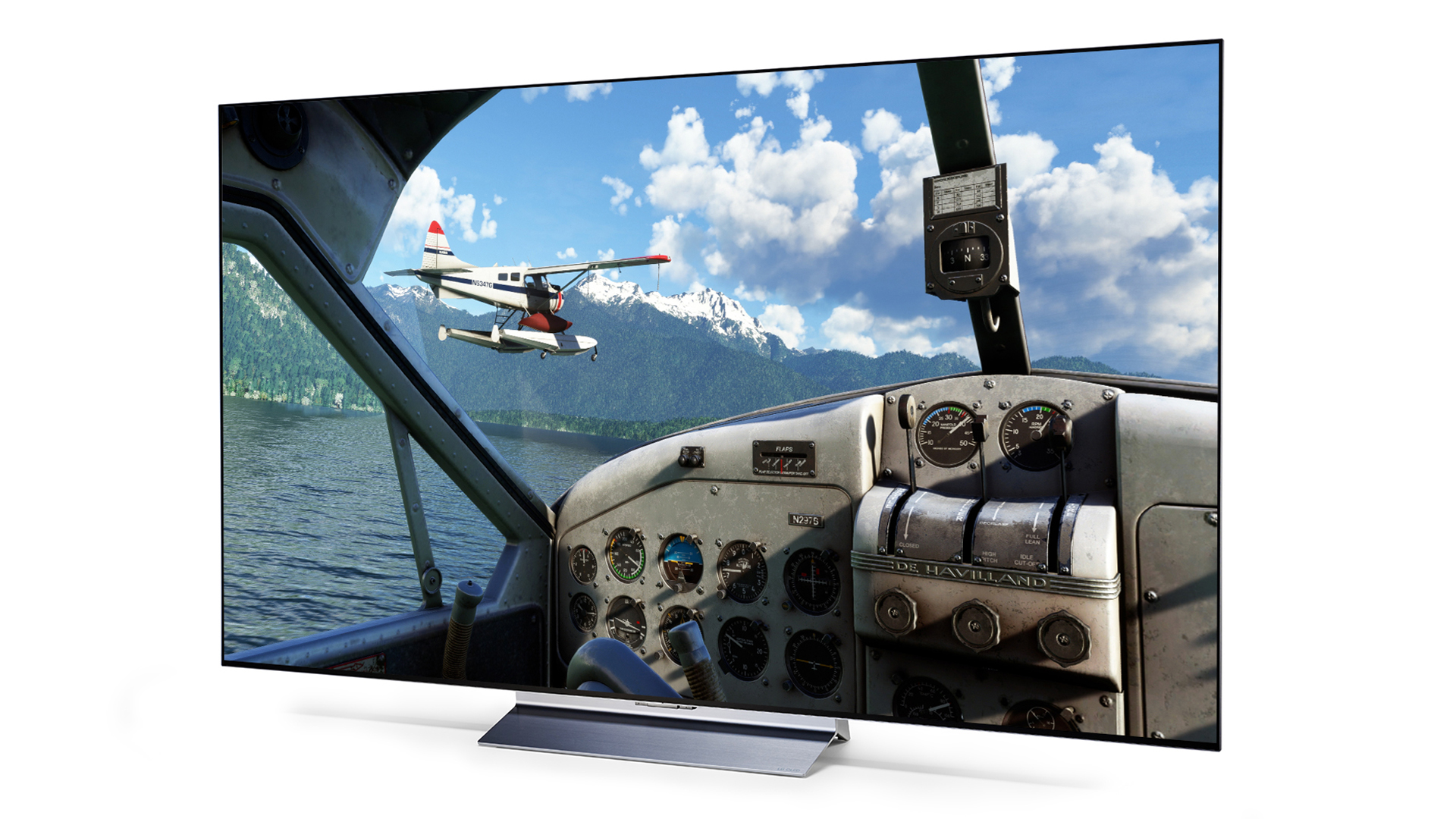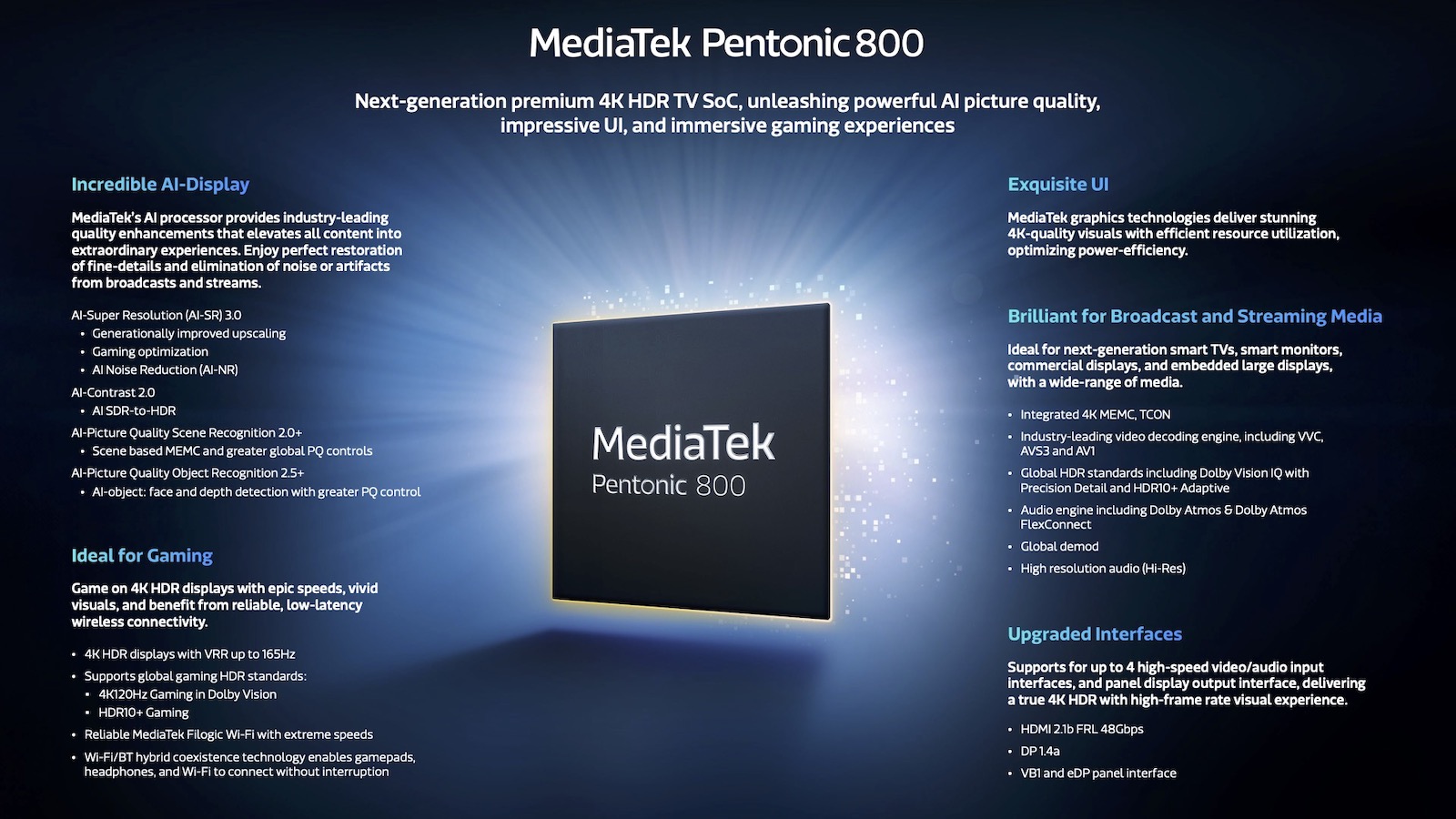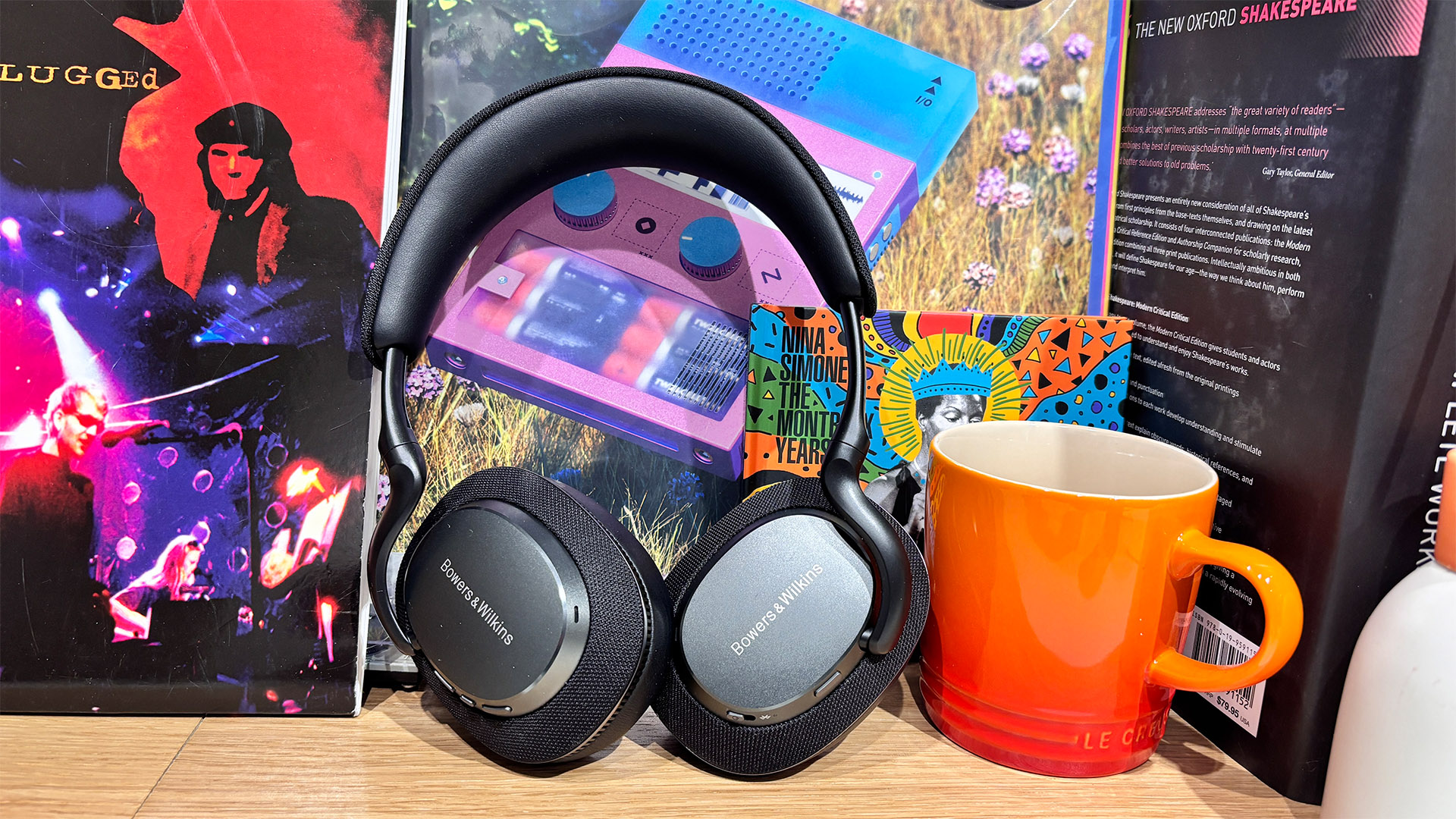Four HDMI 2.1 inputs should be the standard for 2025 TVs thanks to this new chip
The MediaTek Pentonic 800 looks like a game-changer

After years of waiting (and, in my case, complaining), TVs with four HDMI 2.1 ports should finally become widespread next year. That is thanks to MediaTek's new Pentonic 800 chip, which has just been announced and, according to HDTV Test, has been confirmed to feature four full-fat (48Gbps) HDMI 2.1 connections.
This is a big deal. Pretty much all TV manufacturers other than LG and Samsung use MediaTek chips, and have as a consequence been limited to having just two HDMI 2.1 sockets, even on their most premium models. For the average gamer, this isn't an issue, but for the serious gamer with multiple machines, it can be a major annoyance, particularly as one of those HDMI sockets always doubles as the eARC port. If that is needed for a soundbar or AV receiver, it will leave just one socket left that can handle 4K/120Hz signals from a PS5, Xbox Series X or gaming PC.
Predictably, this has meant that hardcore gamers have flocked to LG and Samsung TVs in recent years, but from next year they should be spoiled for choice, with the likes of Sony, Panasonic, Philips, Hisense and TCL all existing MediaTek customers who will likely start producing models with the Pentonic 800 chip. A Sony A95L successor with four HDMI 2.1 sockets is a tantalising prospect for some – myself included.
MediaTek isn't the only TV chip supplier in town, of course, and rival Novatek already produces a chip with four HDMI 2.1 inputs that is being used by Loewe in its new ultra-premium Stellar OLED TV, and by Philips in some of its entry-level and mid-range models. However, there has been reluctance by brands to make the switch away from MediaTek, so news of the new Pentonic 800 is very welcome.

The additional HDMI 2.1 sockets aren't the only new feature of the Pentonic 800. MediaTek says the new chip will also support 4K signals at up to 165Hz – way higher than the 120Hz that current consoles currently support and even higher than the 144Hz that new LG and Samsung TVs (such as the C4 and S95D respectively) can handle. VRR will be supported right up to that 165Hz limit, too, which should result in incredibly silky-smooth gaming for those lucky enough to own a gaming PC capable of outputting signals at such high frame rates.
The Pentonic 800 also features 'AI Contrast 2.0', which is designed to more effectively convert SDR signals to HDR. At What Hi-Fi?, we firmly believe in watching SDR in SDR and HDR in HDR, but there will be some who would appreciate more effective conversion here. This AI Contrast feature is also said to potentially improve shadow detail with native HDR content when viewed on a lower-end TV that isn't able to go super-bright.
One slight wrinkle to all of this is that while many of the features mentioned above are new or upgraded from the Pentonic 1000, in other ways it's a downgrade, with a lesser processor and RAM configuration, plus an apparently lower version of MediaTek's AI Object Recognition feature. In fact, MediaTek considers the Pentonic 800 to be a 'Premium' chipset, while the Pentonic 1000 is a 'Flagship' product.
Get the What Hi-Fi? Newsletter
The latest hi-fi, home cinema and tech news, reviews, buying advice and deals, direct to your inbox.
Does this mean that TV brands will avoid using the new Pentonic 800 in their flagship TVs? Quite possibly, but it likely won't matter – previous releases suggest that MediaTek will announce a true successor to the Pentonic 1000, presumably with four HDMI 2.1 sockets, before the end of the year. And that means that the Pentonic 800 will likely become the default for mid-range models, making TVs with four HDMI 2.1 sockets even more commonplace and even more affordable.
MORE:
Here are the best gaming TVs you can buy right now
Not a big gamer? Then here are the best TVs overall
Why does any of this matter? Here's our HDMI 2.1 explainer
Tom Parsons has been writing about TV, AV and hi-fi products (not to mention plenty of other 'gadgets' and even cars) for over 15 years. He began his career as What Hi-Fi?'s Staff Writer and is now the TV and AV Editor. In between, he worked as Reviews Editor and then Deputy Editor at Stuff, and over the years has had his work featured in publications such as T3, The Telegraph and Louder. He's also appeared on BBC News, BBC World Service, BBC Radio 4 and Sky Swipe. In his spare time Tom is a runner and gamer.

